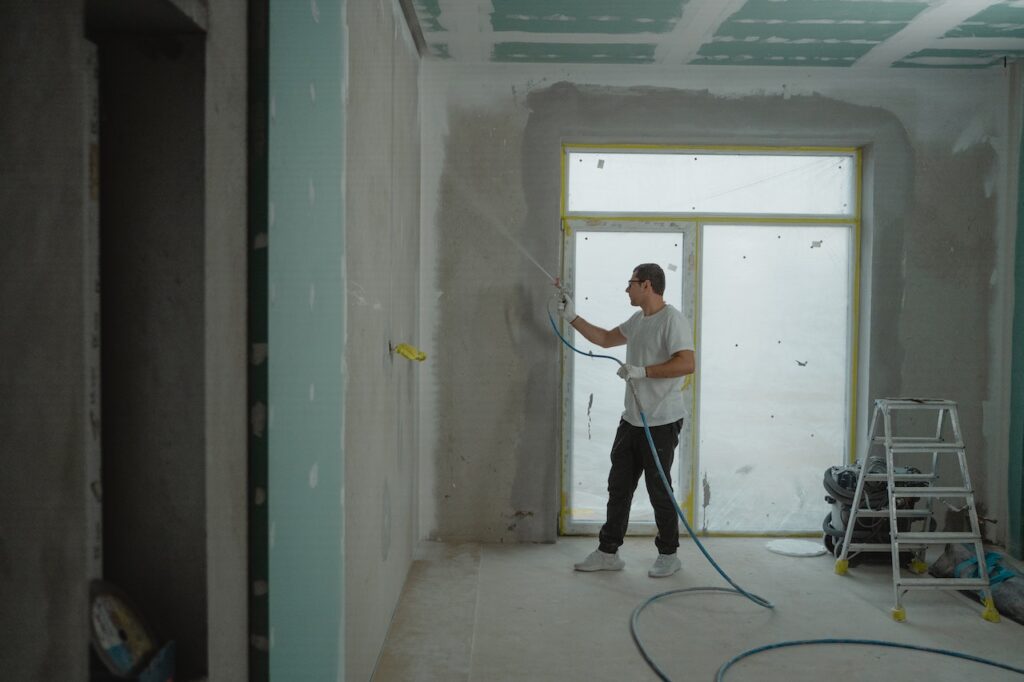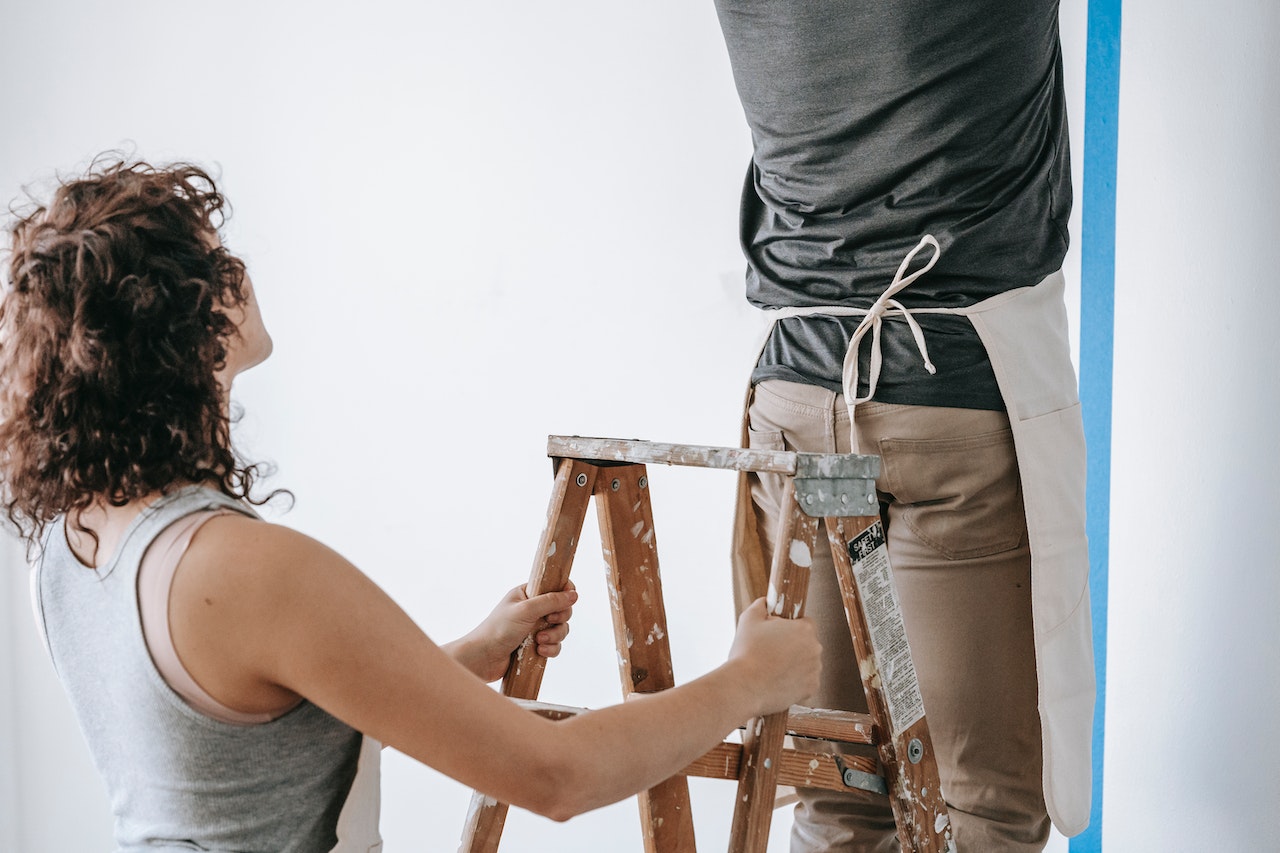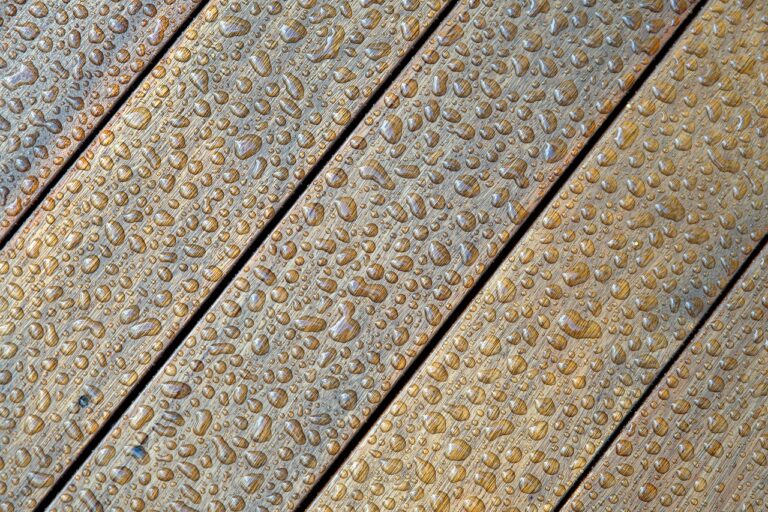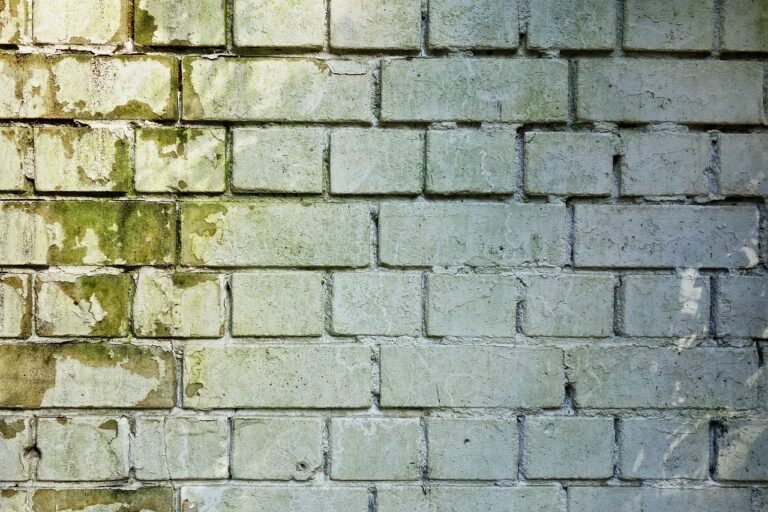Water damage can be a nightmare for any homeowner. Whether it’s due to a burst pipe, a leaking roof, or a natural disaster, the aftermath of water damage can be devastating. One of the biggest decisions you’ll face after experiencing water damage is whether to tackle the restoration yourself or hire a professional. Here, we’ll examine the pros and cons of both options to help you make an informed decision.
DIY Water Damage Restoration

Pros:
1. Cost-Saving
One of the main advantages of DIY water damage restoration is the potential cost savings. By doing the work yourself, you can avoid the expenses associated with hiring a professional restoration company. Additionally, you have the flexibility to choose budget-friendly materials and supplies.
2. Flexibility
When you take on the restoration process yourself, you have control over the timeline and can work at your own pace. This can be particularly beneficial if you have a busy schedule and can only dedicate certain hours to the restoration each day.
3. Learning Opportunity
Restoring water damage on your own provides a valuable learning experience. You can acquire new skills and knowledge about the restoration process, which can be helpful in case of future emergencies. It also allows you to have a hands-on approach and ensures that the restoration is done according to your preferences.
Cons:
1. Lack of Expertise
Water damage restoration requires specialized knowledge and equipment. Without proper training, you may not be able to identify all the potential issues and address them effectively. This can lead to further damage and mold growth, which can be hazardous to your health and costly to fix.
2. Time-Consuming
Restoring water damage is a time-consuming process, especially if you’re doing it alone. You’ll need to invest significant time and effort into assessing the damage, drying out the affected areas, and ensuring proper disinfection. This can be overwhelming, especially if you have other commitments or a large-scale water damage situation.
3. Limited Resources
As a DIYer, you may not have access to the same professional-grade equipment and resources that restoration companies do. This can impact the effectiveness and efficiency of your restoration efforts. Professional-grade tools, such as industrial-grade dehumidifiers and moisture meters, are essential for thorough restoration.
Professional Water Damage Restoration

Pros:
1. Expertise and Experience
Hiring a professional water damage restoration company ensures that the job is done right the first time. These experts have the necessary knowledge, skills, and experience to assess the extent of the damage, mitigate further issues, and restore your property to its pre-damaged condition. They can quickly identify hidden moisture and mold growth, ensuring a thorough restoration.
2. Time-Saving
Professionals are equipped with the necessary resources and manpower to handle water damage restoration efficiently. They have access to industrial-grade equipment that can expedite the drying process and reduce the overall restoration time. This means you can get back to your normal routine faster.
3. Insurance Assistance
Dealing with insurance companies can be a complex and time-consuming process. Professional restoration companies have experience working with insurance providers and can assist you in navigating the claims process. They can provide documentation and evidence of the damage, ensuring a smooth and successful insurance claim.
4. Safety Hazards
Professionals are equipped with the necessary expertise and experience to identify and address potential safety risks associated with water damage, such as electrical hazards and structural integrity issues. Moreover, professionals are knowledgeable about the appropriate safety protocols and industry standards, ensuring that the restoration process is carried out in a safe and efficient manner.
Cons:
1. Cost
Hiring a professional water damage restoration company can be more expensive than doing it yourself. You’ll need to consider the cost of their services, equipment, and materials. However, it’s important to weigh this against the potential risks and additional expenses that may arise from improper DIY restoration.
2. Lack of Control
When you entrust the restoration to professionals, you may have limited control over the process. While they will work to restore your property, you may have to compromise on certain preferences or timelines. It’s important to communicate your expectations clearly and choose a reputable restoration company that values your input.
3. Finding a Reputable Company
Not all water damage restoration companies are created equal. Finding a reputable and reliable company can be a challenge, but it’s crucial to ensure the best outcomes. Research and read reviews to make an informed decision.
4. Scheduling and Availability
While these professionals are trained and equipped to handle water damage effectively, their availability may not always align with the urgency of the situation. In cases where immediate action is required, waiting for the professionals to be available can result in further damage to the property. Additionally, their availability may also be limited during peak seasons.
The Bottom Line
In conclusion, both DIY and professional water damage restoration have their pros and cons. DIY restoration can save you money and provide a learning experience, but it requires expertise and time commitment. On the other hand, professional restoration offers expertise, time-saving benefits, and insurance assistance, but at a higher cost. Consider the extent of the damage, your availability, and your budget before making a decision. Remember, the priority is to restore your property effectively and safely, so choose the option that aligns best with your needs and capabilities.






